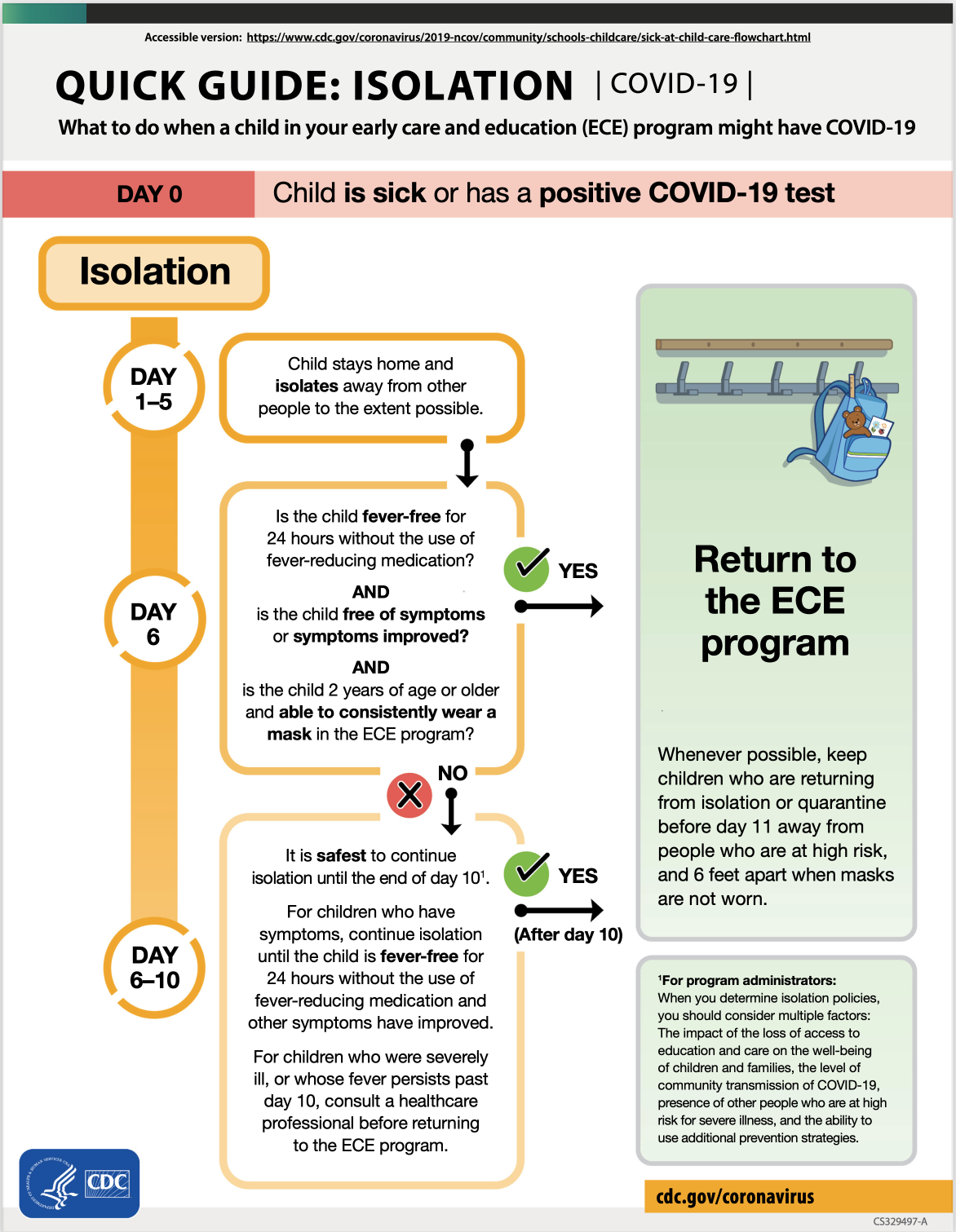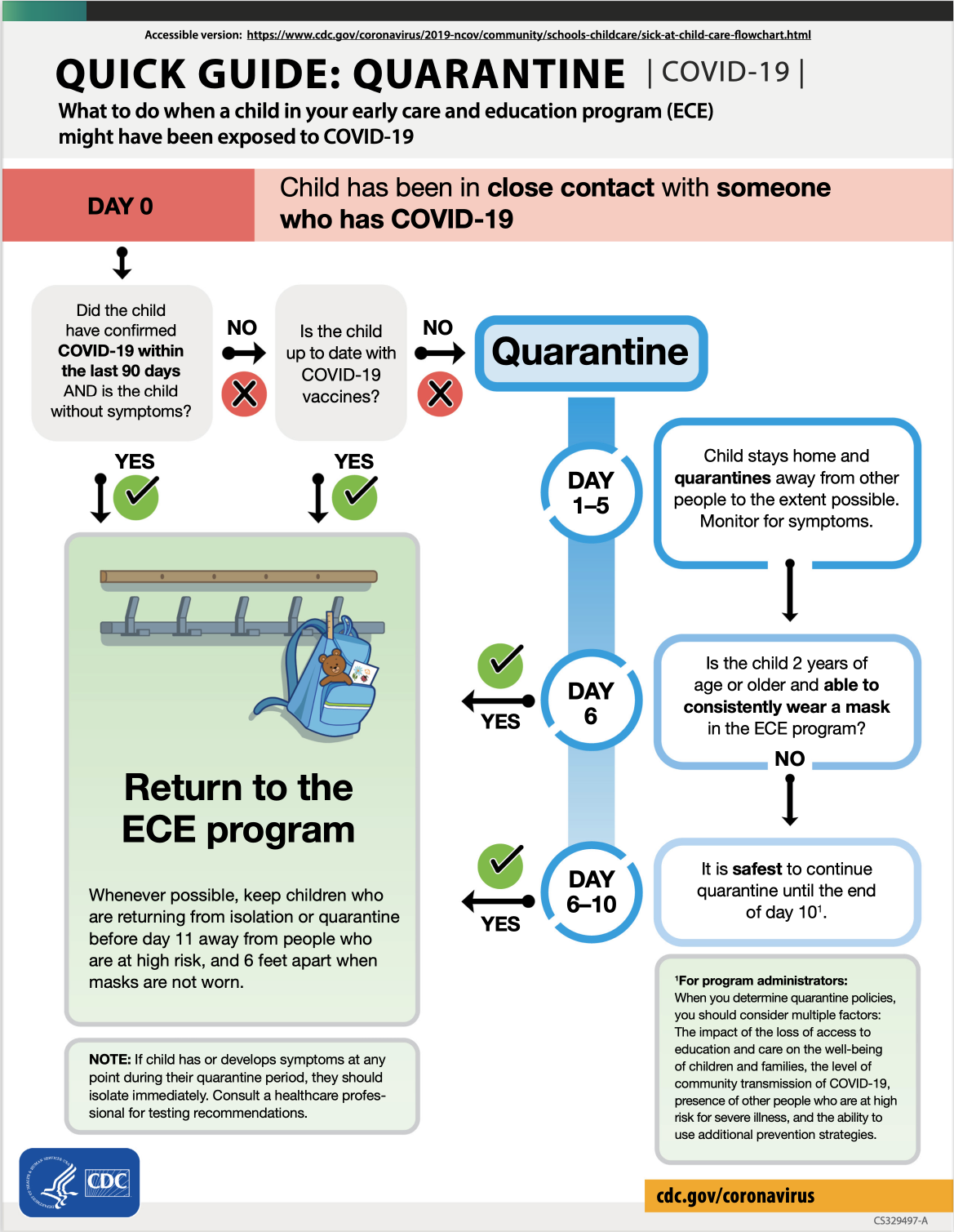PGC COVID-19 Update
August 12, 2022
The CDC released updated guidelines relative to COVID-19 on yesterday, August 11, 2022. Per CDC officials, these changes are driven by a recognition that — more than 2 1/2 years since the start of the pandemic — an estimated 95% of Americans 16 and older have acquired some level of immunity, either from being vaccinated or infected. Another realization is that COVID-19 is here to stay.
Here is a summary of the new guidelines:
- The CDC and healthcare providers continue to promote the importance of being up to date with vaccinations to protect yourself against serious illness, hospitalization, and death.
- People no longer need to stay at least 6 feet away from others. It is important, however, to consider the risk in a particular setting, including local COVID-19 Community Levels and the important role of ventilation, when assessing the need to maintain physical distance. At present, Wake County is in the medium risk category relative to the community level.
- Instead of quarantining if you are exposed to COVID-19, you should wear a high-quality mask for 10 days and get tested on day 5 after exposure.
Regardless of vaccination status, you should isolate from others when you have COVID-19 or if you are sick and suspect COVID-19, although it has not yet been confirmed. PLEASE DO NOT COME TO PGC IF YOU ARE SICK.
- If after 5 days you are fever-free for 24 hours without the use of medication to control fever, and your symptoms are improving, or you never had symptoms, you may end isolation after day 5.
- Regardless of when you end isolation, avoid being around people who are more likely to get very sick (persons immunocompromised, elderly, living with chronic diseases) from COVID-19 until at least day 11. You should wear a high-quality mask through day 10.
- Screening testing of asymptomatic people without known exposures will no longer be recommended in most community settings. This is most relevant to our school systems.
Please know that we will continue to monitor recommendations coming from the CDC, check our community levels, and make adjustments here at Pleasant Grove to keep us as safe and healthy as possible.
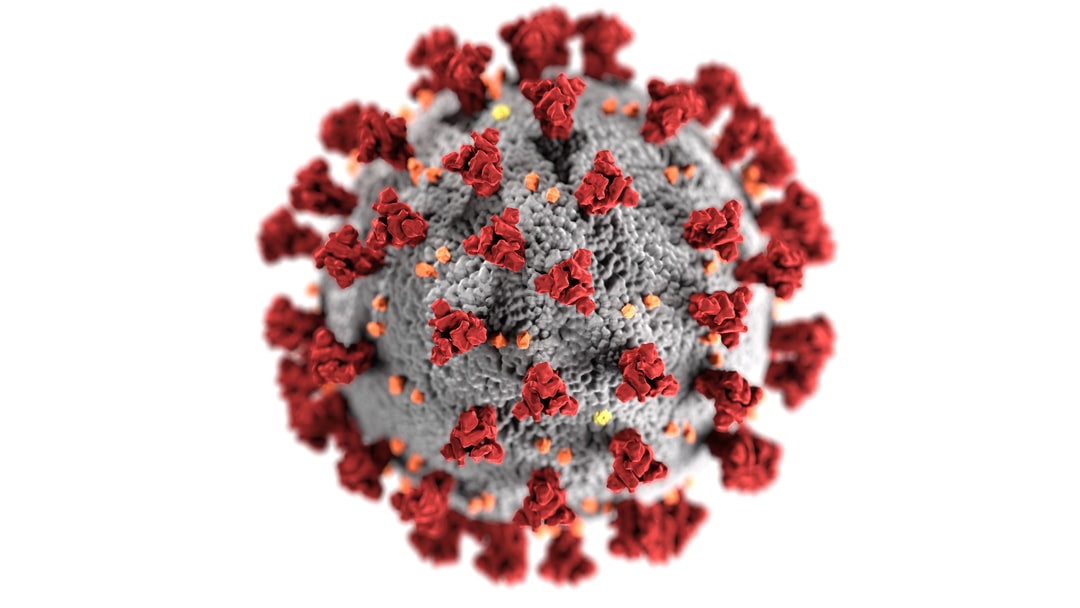
FIGHT COVID!!!!
YOU CAN DO YOUR PART!!!!

Risk Factors
COVID-19 can affect anyone, and the disease can cause symptoms ranging from mild to very severe. For some other illnesses caused by respiratory viruses (such as influenza), some people may be more likely to have severe illness than others because they have characteristics or medical conditions that increase their risk. These are commonly called “risk factors.” Examples include older age or having certain underlying medical conditions.
- COVID-19 most commonly spreads between people who are in close contact with one another (within about six feet or two arm lengths).
- People with an “asymptomatic infection” (not feeling sick or showing symptoms) can spread the virus to others.
- COVID-19 vaccines may keep you from getting seriously ill, or dying, should you become infected with the virus.
- Older adults are at a greater risk of hospitalization or death if diagnosed with COVID-19.
- Long-standing, systemic health and social inequities have put many people from disproportionately affected racial and ethnic groups at increased risk of getting sick and dying from COVID-19.
Latest Information of Masks
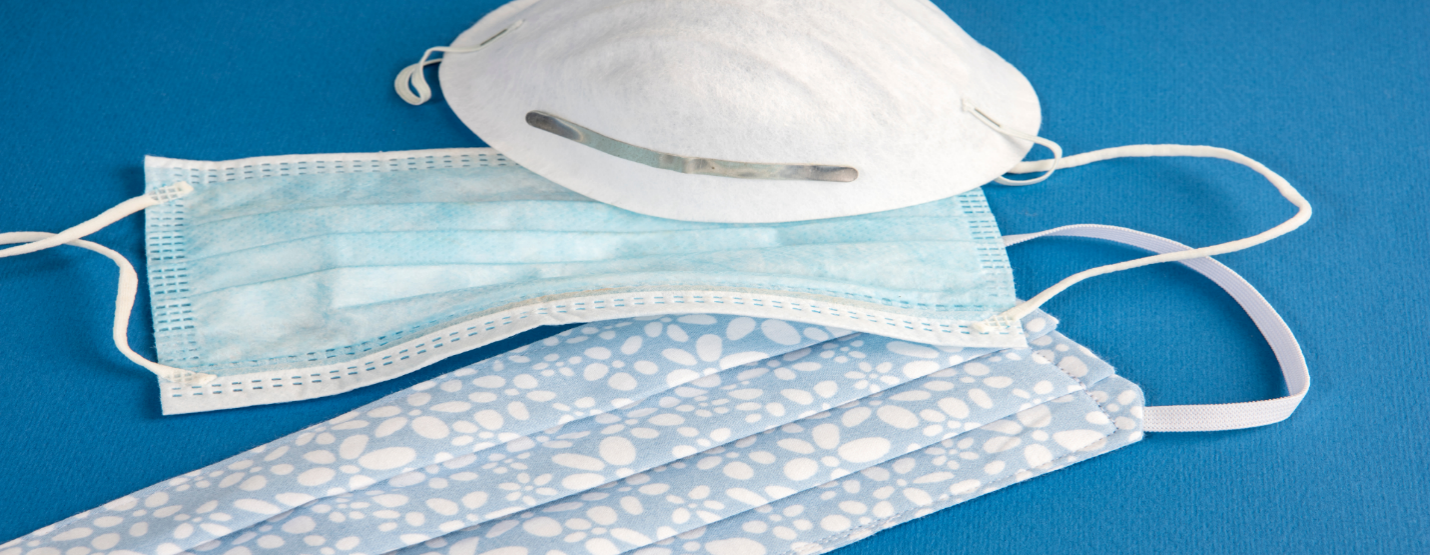
N95 and KN95 masks are better for all variants of COVID-19 if worn and fitted well. They are often a bit more tight-fitting than a surgical mask, and the material also filters out more particles, so the air that goes through the material and not around the mask is filtered better.
The FDA describes surgical masks as a “loose-fitting disposable device” that acts as a barrier between the person wearing the mask and potential contaminants. Surgical masks may or may not meet fluid barrier or filtration efficiency levels. A surgical mask does not filter the size of particles transmitted by coughs or sneezes.
A cloth mask is better than no mask, but it is not as good as a three-layer surgical mask, KN95, or N95 respirator in protecting against any variants. When a cloth mask is used, it should be at least two (2) layers.
Visit www.cdc.gov for more detailed information on all topics contained in the COVID-19 Resource Center.
How to Select A Mask
When selecting a mask, there are many choices. Here are some do’s and don’ts. Do choose masks that
- Have two or more layers of washable, breathable fabric
- Completely cover your nose and mouth
- Fit snugly against the sides of your face and don’t have gaps
- Have a nose wire to prevent air from leaking out of the top of the mask
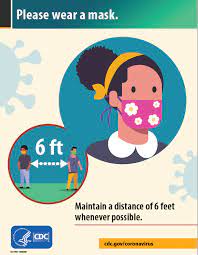
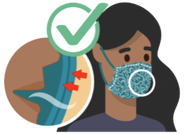
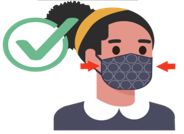
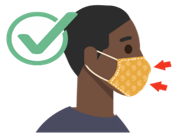
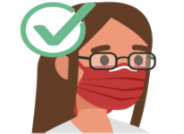
Special Considerations
for Gaiters
Wear a gaiter with two layers, or fold it to make two layers

Special Considerations
for Children
Find a mask that is made for children to help ensure proper fit. Check to be sure the mask fits snugly over the nose and mouth and under the chin and that there are no gaps around the sides. Do NOT put on children younger than 2 years old
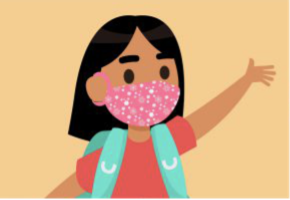
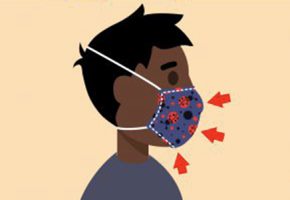
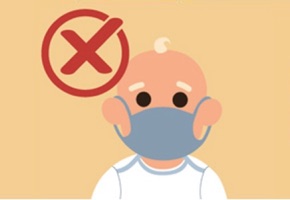
How to Clean Your Mask
Reusable masks should be washed regularly. Always remove masks correctly and wash your hands after handling or touching a used mask.
- Include your mask with your regular laundry
- Use regular laundry detergent and the warmest appropriate water setting for the cloth used to make the mask
- Use the highest heat setting and leave in the dryer until completely dry

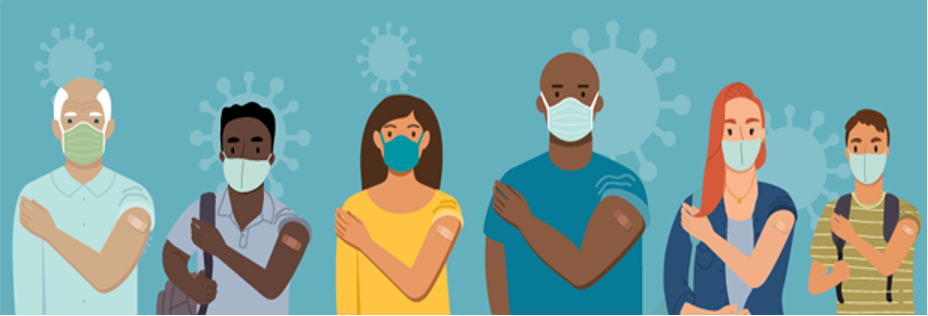
Vaccines and Boosters
Key Details about Vaccines and Boosters
If you are fully vaccinated, booster shots are recommended if one of the following is true:
- You are 12+ and received your second Pfizer-BioNTech shot more than 5 months ago
- You are age 18+ years and received a second Moderna shot more than 5 months ago
- You received a J&J/Janssen shot more than 2 months ago
Which booster should you get?
Most adults 18+, regardless of which vaccine they first received, should get Pfizer-BioNTech or Moderna (mRNA vaccines) for their booster dose. The Pfizer-BioNTech vaccine is the only booster available to anyone ages 12-17. Talk to your doctor or pharmacist.
Pfizer–BioNTech COVID-19 Vaccine Now Available for Children Ages 5–11 Years
Get a flu vaccine
There’s still time to get a flu vaccine if you haven’t yet this season. You can get a flu vaccine at the same time as a COVID-19 vaccine. Find your flu vaccine.
COVID-19 Test Sites
COVID-19 Guidelines
Recently, the CDC changed its recommendations for when it is necessary to quarantine or isolate relative to COVID-19. We recognize that this is quite confusing in some regards, however, we want to keep you abreast of what to do should you or a member of your household have COVID-19 or be exposed to it. Please consult your healthcare provider should you have any questions related to your particular situation.
THE OMICRON VARIANT: Questions and Answers (Q & A)
The Word tells us that The Lord would not have us ignorant. In an effort to continue to educate ourselves at PGC, the Health & Wellness Ministry Team have compiled this information on the Omicron variant.
Sources

18 Then Jesus came to them and said, “All authority in heaven and on earth has been given to me. 19 Therefore go and make disciples of all nations, baptizing them in the name of the Father and of the Son and of the Holy Spirit, 20 and teaching them to obey everything I have commanded you. And surely I am with you always, to the very end of the age."
- When leaving the sanctuary to use the restroom, please exit through the side door only and enter back into the sanctuary through the front door of the sanctuary. This process allows for appropriate social distancing for anyone entering/exiting the sanctuary, and allows us to keep a healthy environment for your safety and those of others.
- We are loving church, and cannot wait until we’re all able to hug each other again! However, we are not recommending any physical touching, so we ask that you keep social distancing guidelines and refrain from any close proximity and physical touch.
- The nursery will not be open during service time as of now.
- If there are any families who plan to attend with small children and would like a designated area for this reason, there will be a separate area set aside where you will still be able to enjoy the Worship Service and hear the sermon. Please just let us know if you would like this preference when signing up to attend our Worship Service.
- Sign up to attend Worship can be done either by calling the church at 919-363-5198, or by RSVP using the link below by Wednesday at 12:00 noon, starting the week of May 2nd, 2021.
Guidelines
Return To Church
We are delighted to begin welcoming you back to in person worship and can’t wait to begin seeing you all!
We are continuing to follow CDC Guidelines as we return, so we will ask all attendees to sign in upon arrival, and your temperature will also be taken.
For your continued safety and protection, there are important guidelines and expectations that have been established that we would ask everyone to adhere to as we begin the process of coming back to in-person worship on Sunday, May 2, 2021.
- Please plan to arrive at the church at around 9:30am, in order to give yourself and your family ample time to find seating. There will not be designation of seating (meaning we cannot designate entire sections or rows to any specific family), so please arrive with enough time to obtain the seating you might desire with your family members.
- Masks are REQUIRED for all attendees at all times, including children over the age of 2, so please make sure to bring your own masks.
- Please make sure to sanitize hands before being seated/as you are walking into the sanctuary for the protection of yourself and others.
- We kindly ask that you leave seat markers as they are on the seats and that they are not removed. Please only sit in seats where there are no markers.
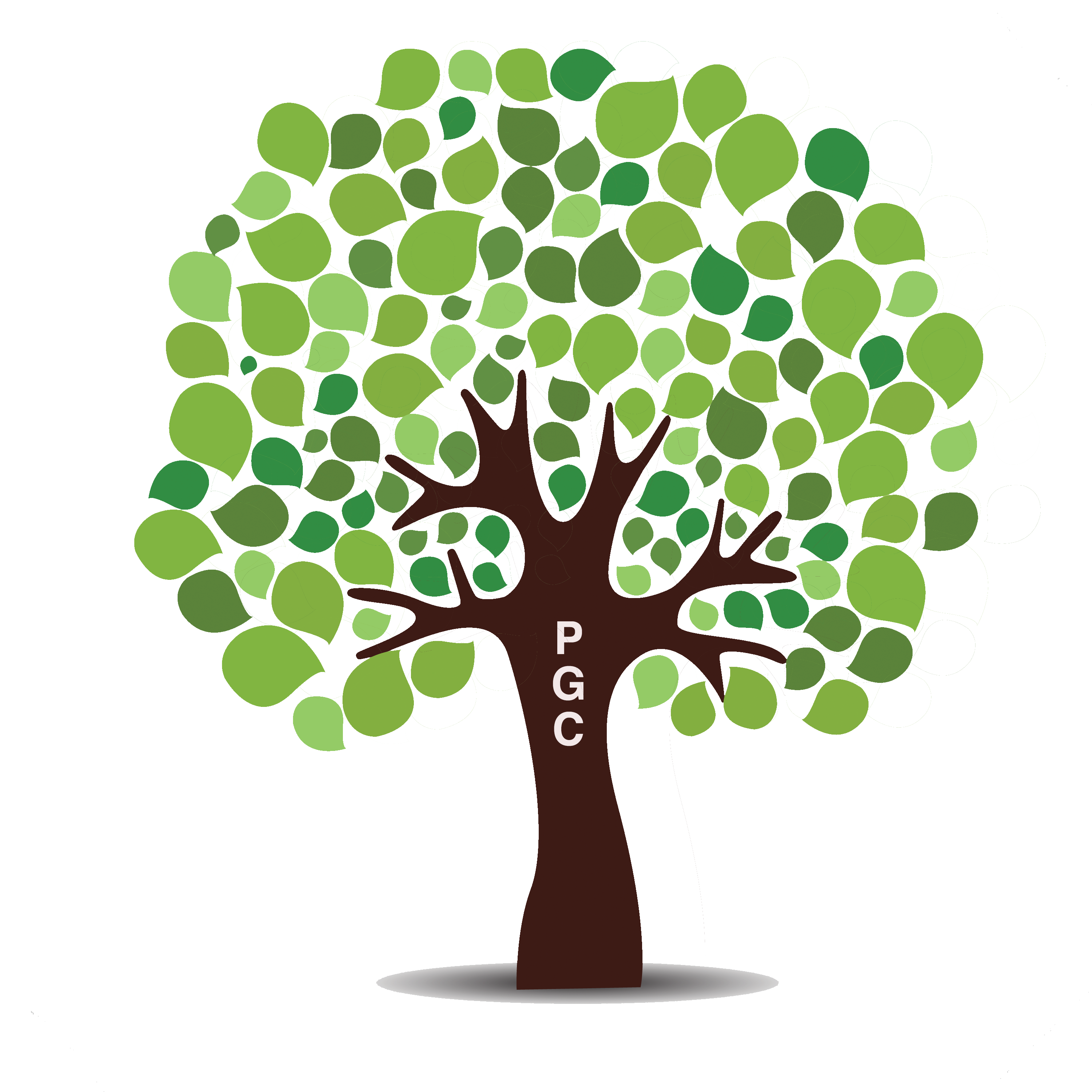
Online Giving
Legal
Children & Youth
Christian Walk
Resources
Communication
Study
My Grove
Community
CONNECT WITH US
Copyright © 2016-2023 Pleasant Grove Church. All rights reserved.
SurveyHero.com is supporting us by allowing us to create online surveys for free.




